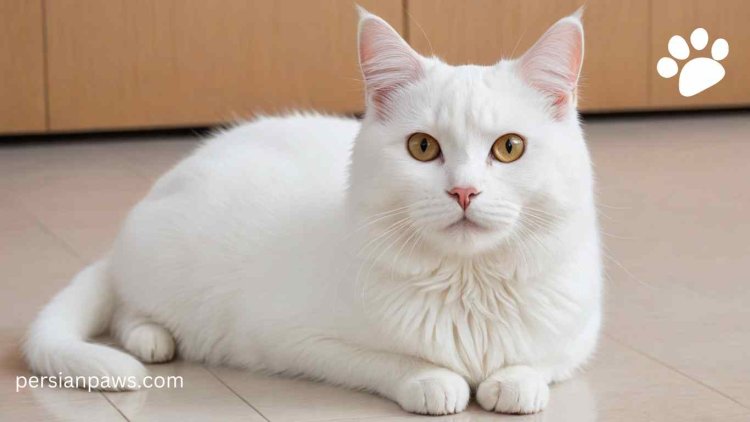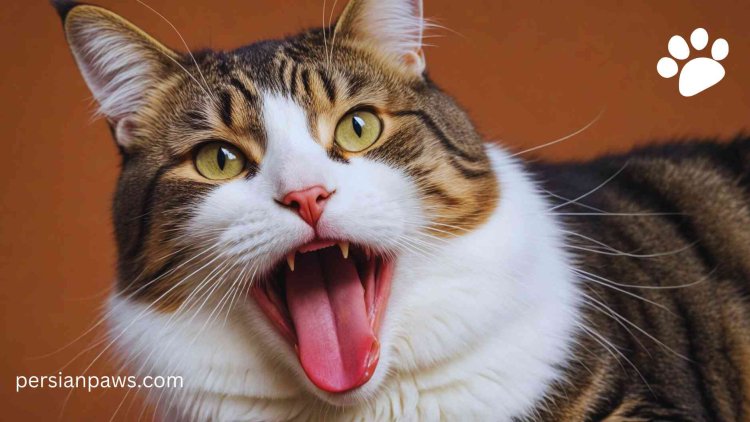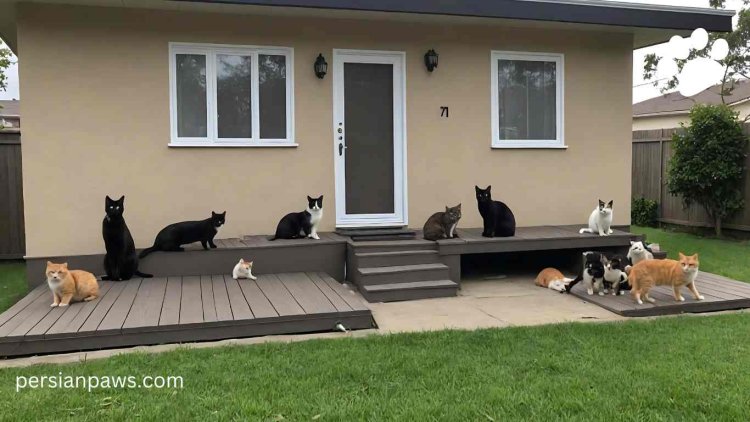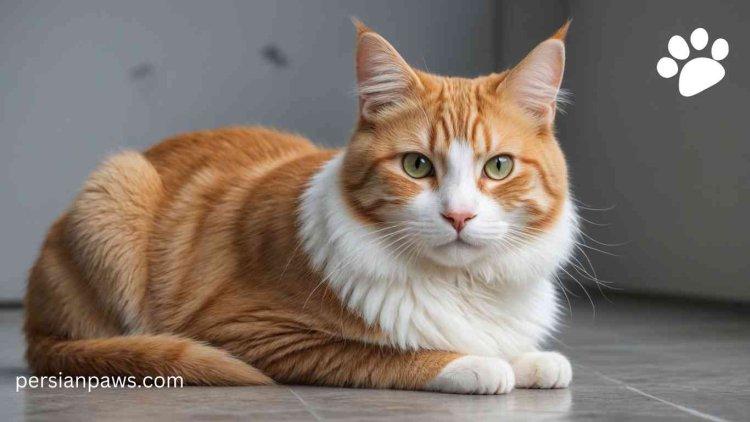How Cats Keep Themselves Clean - Feline Grooming Behavior
Cats keep clean by licking their fur with their rough tongues. This removes dirt and keeps their coats neat and shiny.

Table of Contents
- Grooming Process
- Importance of Grooming
- 4.1 Health Benefits of Regular Grooming
- 4.2 Grooming for Temperature Regulation
- 4.3 Social and Behavioral Aspects of Grooming
- Common Grooming Behaviors
- 5.1 Excessive Grooming and Fundamental Health Issues
- 5.2 Grooming in Multi-Cat Households
- 5.3 Grooming Patterns in Senior Cats vs. Kittens
- Support and Care for Cat Grooming
- 6.1 Providing a Balanced Diet
- 6.2 Good Environment
- 6.3 Mobility Issues
- 6.4 Right Grooming Tools for Home Care
- Potential Challenges in Grooming for Cats
- Expert Insights
- 8.1 Dr. Jane Smith, Veterinarian
- 8.2 Sarah Johnson, Animal Behaviorist
- 8.3 Emily Davis, Feline Grooming Specialist
- Case Studies and Personal Stories
- 9.1 Senior Cat with Arthritis
- 9.2 Early Detection of Health Issues
- 9.3 Neglected Cat's Transformation
- Conclusion
Cats are renowned for their cleanliness. They seem to spend a significant portion of their day grooming themselves. But how do cats keep themselves clean, and why is this behavior so important for their health and well-being?
This comprehensive guide will explore the amazing world of feline grooming. We will also provide valuable tips for cat owners to support their pets' grooming habits and address
potential challenges.
Significance of Grooming in a Cat's Life
Grooming is more than just a daily routine for cats; it's a crucial aspect of their overall health and well-being. A well-groomed cat is not only more comfortable but also healthier. Grooming helps cats regulate their body temperature, maintain their skin and coat health, and even serves as a social bonding activity.
Cat's Natural Grooming Habits
Cats are instinctively driven to groom themselves. From the moment they are born, kittens learn to groom by mimicking their mother's actions. This behavior continues throughout their lives and is a crucial part of their daily routine.
Cat Body Parts for Grooming
Unique Features of a Cat's Tongue

One of the most fascinating aspects of a cat's grooming process is its tongue. Unlike human tongues, a cat's tongue is covered in tiny, hook-like structures called papillae. These papillae are made of keratin, the same material found in human nails, giving the tongue its rough texture. The papillae act like a comb, effectively removing loose fur and dirt from the cat's coat.
Role of a Cat's Flexible Spine
A cat's spine is incredibly flexible, allowing them to reach almost every part of their body with ease. This flexibility is due to the unique structure of their vertebrae, which are connected by elastic discs. This enables cats to twist, turn, and bend their bodies in ways that would be impossible for most other animals.
Grooming Process
Licking
The grooming process typically begins with licking. Cats will methodically lick their fur, starting from their head and moving down to their tail. The rough texture of their tongue helps to remove dirt, loose fur, and parasites.
Cleaning Paws and Ears
In addition to licking their fur, cats also pay special attention to their paws and ears. They will often lick their paws and use them to clean their face and ears. This behavior helps to remove any dirt or debris that may have been collected in these areas.
Role of Saliva in Grooming
Saliva plays a crucial role in a cat's grooming process. It acts as a natural shampoo, helping to clean the fur and skin. Saliva also contains enzymes that can break down bacteria and other harmful substances, keeping the cat's coat and skin healthy.
Importance of Grooming
Health Benefits of Regular Grooming
Regular grooming is essential for maintaining a cat's health. It helps to keep their skin and coat in good condition, prevents matting and tangles, and reduces the risk of skin infections. Grooming also stimulates blood circulation, which can promote healthy skin and fur growth.
Grooming for Temperature Regulation
Cats rely on grooming to help regulate their body temperature. By licking their fur, they create a thin layer of saliva that evaporates and cools their skin, similar to how sweating works in humans.
Social and Behavioral Aspects of Grooming
Grooming is not only a solitary activity but also a social one. Cats will often groom each other as a way to bond and show affection. This behavior, known as allogrooming, helps to strengthen social bonds within a group of cats.
Common Grooming Behaviors
Excessive Grooming and Fundamental Health Issues
While grooming is a normal behavior for cats, excessive grooming can be a sign of underlying health issues. Cats may over-groom due to stress, anxiety, or skin conditions. Cat owners need to monitor their pets' grooming habits and seek veterinary advice if they notice any changes.
Grooming in Multi-Cat Households

In homes where there are lots of cats, grooming is a way to show who's in charge. Big, strong cats groom smaller ones to show they're the boss. This helps everyone know their place.
But grooming isn't just about showing power. When cats groom each other, it's a sign of friendship. It helps them feel calm and get along.
Grooming stops fights and keeps the peace in the group.
Grooming Patterns in Senior Cats vs. Kittens
Grooming behaviors can vary depending on a cat's age. Kittens learn to groom by watching and mimicking their mothers, while senior cats may experience changes in their grooming habits due to age-related issues such as arthritis or dental problems.
Support and Care for Cat Grooming
Providing a Balanced Diet
A healthy diet is essential for maintaining a cat's skin and coat health. Ensure your cat's diet includes high-quality proteins, essential fatty acids, and vitamins to support their overall well-being.
Good Environment

Providing a stimulating environment can help encourage natural grooming behaviors. Offer scratching posts, climbing structures, and interactive toys to keep your cat engaged and active.
Mobility Issues
Cats with mobility issues, such as arthritis or obesity, may struggle to groom themselves properly. In such cases, it may be necessary for cat owners to assist with grooming. Using gentle brushes and combs can help remove loose fur and prevent matting.
Right Grooming Tools for Home Care
Selecting the right grooming tools is crucial for effective home care. Use brushes and combs designed for your cat's specific coat type, and consider using grooming wipes or sprays to help keep their fur clean.
Potential Challenges in Grooming for Cats
Hairball Causes and Prevention
Hairballs are a common issue for cats, especially those with long fur.
Regular grooming can help reduce the amount of loose fur that cats ingest while grooming themselves. Providing a diet high in fiber can also help prevent hairballs by promoting healthy digestion.
Grooming Difficulties in Disabled Cats
Elderly and disabled cats may face challenges when it comes to grooming. Arthritis, dental problems, and other health issues can make grooming difficult and painful. In such cases, professional grooming services may be necessary to ensure your cat's coat remains healthy.
Expert Insights
Quotes from veterinarians, animal behaviorists, and cat grooming specialists can provide valuable insights into the importance of grooming and offer practical advice for cat owners.
Dr. Jane Smith, Veterinarian
"Regular grooming is essential for maintaining a cat's overall health. It helps to prevent skin problems, reduces shedding, and can even provide early detection of health issues."
Sarah Johnson, Animal Behaviorist
"Grooming is not just about cleanliness; it's also a way for cats to communicate and bond with each other. Understanding your cat's grooming behavior can provide valuable insights into their emotional well-being."
Emily Davis, Feline Grooming Specialist
"Using the right grooming tools and techniques can make a significant difference in your cat's comfort and happiness. Regular grooming sessions can also strengthen the bond between you and your pet."
Case Studies and Personal Stories
Senior Cat with Arthritis
A case study of a senior cat experiencing a decline in grooming habits due to arthritis highlights how environmental adjustments and regular grooming assistance helped improve the cat's well-being.
Early Detection of Health Issues
A personal story of a cat owner noticing changes in their cat's grooming behavior, which led to the early detection of a health issue, highlights the importance of being attentive to grooming routines.
Neglected Cat's Transformation
A Story from a rescue organization about a neglected cat's transformation after receiving professional grooming and advice on how to maintain its coat illustrates the impact of proper grooming on a cat's health and happiness.
Conclusion
Regular grooming helps to keep their skin and coat in good condition, prevents health issues, and promotes social bonding.
Observing and appreciating your cat's grooming behaviors can provide valuable results in their health and emotional state. Be attentive to any changes in their grooming habits and seek veterinary advice if needed.
A clean and well-groomed cat is not only healthier but also happier. By supporting your cat's grooming habits and providing the necessary care, you can strengthen the bond between you and your pet while ensuring their overall well-being.
What's Your Reaction?














